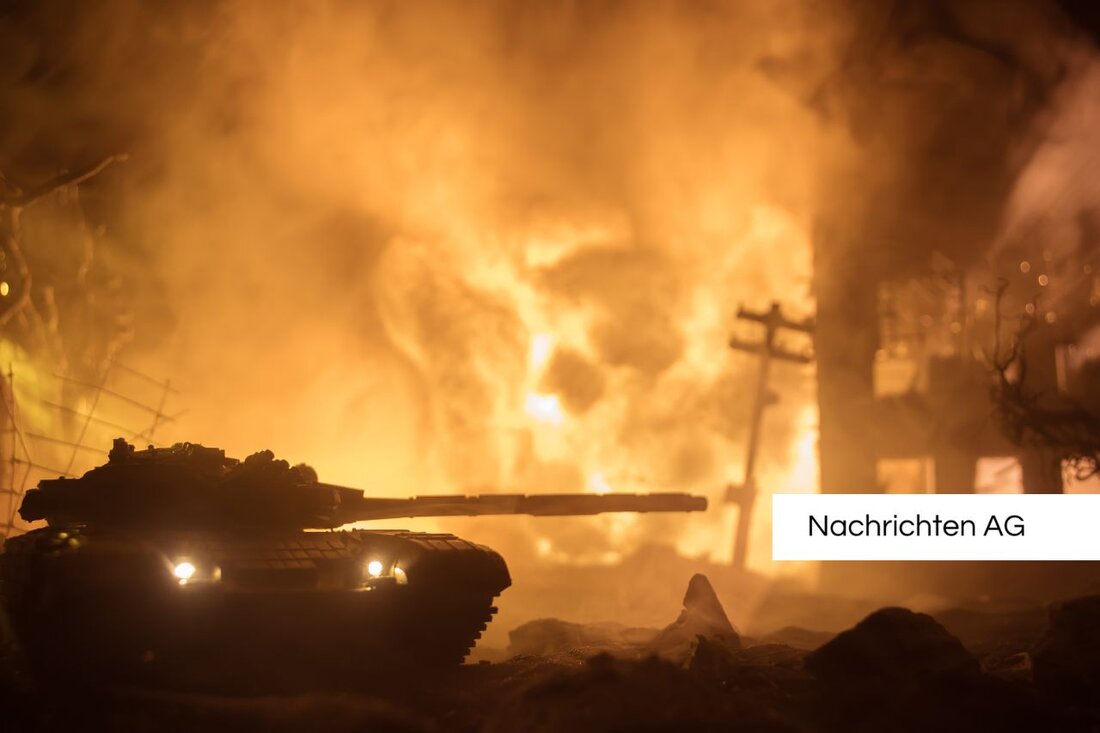30 years after Srebrenica: splitting the memories remains
30 years after Srebrenica: splitting the memories remains
On July 11, 2025, the world is reminiscent of the cruel events in Srebrenica, which took place three decades ago. Srebrenica's genocide, in which more than 8,000 Muslim men and boys were killed during the massacre, is considered the most severe war crime in Europe since 1945. Despite the time, the memory of this tragedy is divided. General Ratko Mladic, who had the massacre commanded, had announced revenge on July 11, 1995 on July 11, 1995 and the UN blue helmets that were on site could not prevent what happened.
The brutal events in and around Srebrenica were the result of decades of ethnic tensions in the region. The region has been competitive since 1992, which led to a climate of uncertainty. Serbian soldiers Srebrenica surrounded during the last months of the war, and Radovan Karadzic's directive specifically called for uncertainty in the city. In addition to the victims of the massacre, at least 1,000 Serbian civilians were also killed as part of this humanitarian catastrophe.
The aftermath of the genocide
After the war, numerous mass graves were discovered in the area of Srebrenica, which documents the cruelty and the systematic destruction of the Muslim population. However, there are indications that many corpses have been embedded to destroy evidence. Hundreds of victims are still missing. The International Criminal Court for the former Yugoslavia (ICTY) condemned dozens of those responsible, with both Mladic and Karadzic received life in prison. Radislav Krstic, a Bosnian-Serbian army regeneal, was the first high-ranking military representative to recognize the mass murder as a genocide and received 35 years in prison for this.
In April 1993, the United Nations declared Srebrenica a protective zone, but this could not prevent the tragedy. The judges of the Icty agreed that it was a genocide, the chamber found that Bosnian-Serbian troops suspended Muslim refugees from a terrorist campaign that included murders, violence and sexual assault. These events have been codified as an genocide in international law since 1946 and are not subject to the statute of limitations.
the split memory culture
The social and political landscape in the region remains strongly divided. In Serbia under President Aleksandar Vucic, there are efforts to re -interpret the past, while the President of the Republica Srpska, Milorad Dodik, categorically refuses to recognize the genocide. This denial of the facts has led to the efforts of coping with the past of dynamics. The multi-ethnic state of Bosnia-Herzegovina still suffers from weak overall institutions that are susceptible to blockages. The education systems are decentralized, which results in different representations of the war.
In order to remember the victim and the collective memory, a central memorial was built in Potočari in 2003. However, this is accepted by not all ethnic groups, which further illustrates the split perception. General is not only a legal concept, but also a painful reality that continues to influence the life of the people in the region. The international community faces the challenge of understanding the teachings from the past and taking the necessary steps into the future.
The genocide in Srebrenica remains a constant reminder for humanity and an example of how easy ethnic tensions can turn into violence. The definition of genocide that aims at the intention of destroying a group raises questions about responsibility and reconciliation, which have not yet been clarified decades later.
For further information about the genocide and its legal implications, visit the page of Kosmo href = "https://www.irmct.org/specials/srebrenica20/"> International Criminal Court for the former Yugoslawien and the Wikipedia Use.
| Details | |
|---|---|
| Ort | Srebrenica, Bosnien und Herzegowina |
| Quellen | |


Kommentare (0)